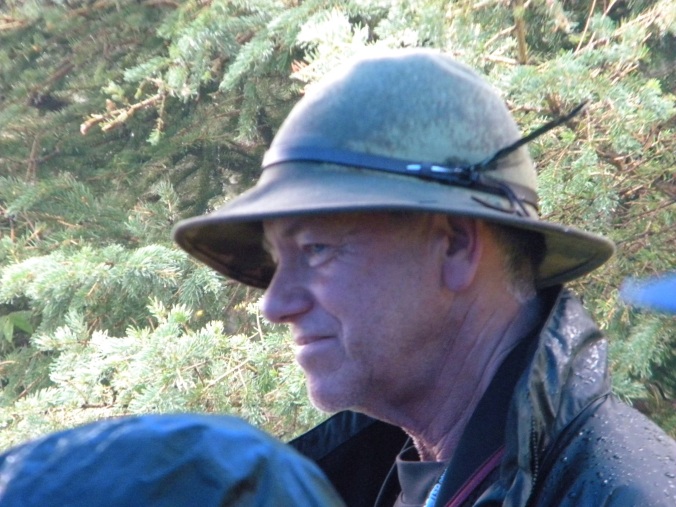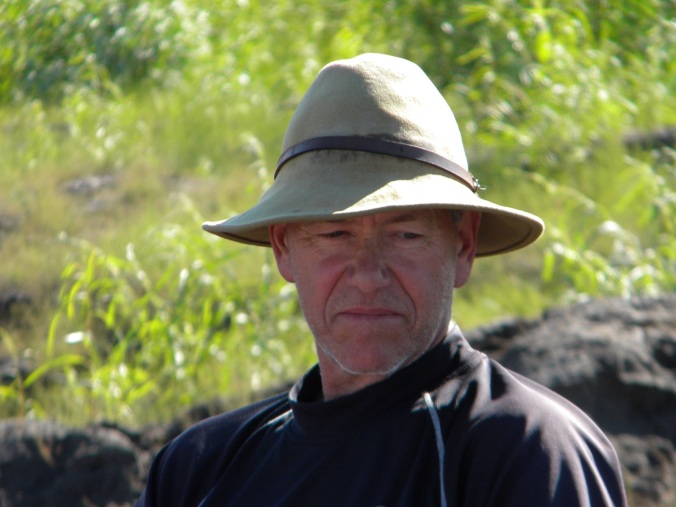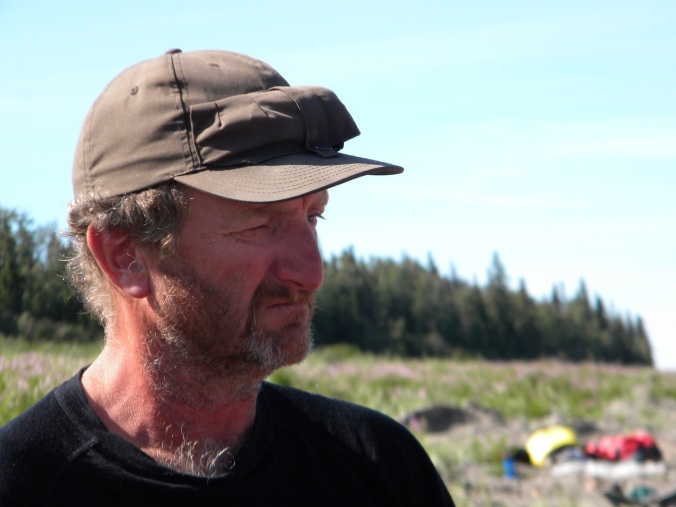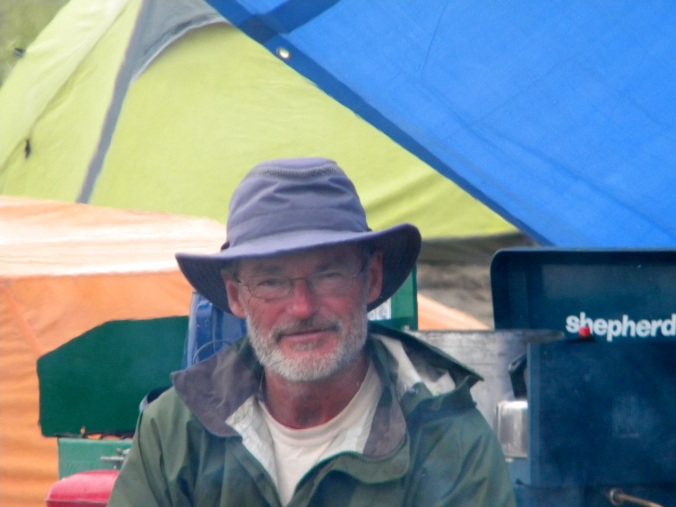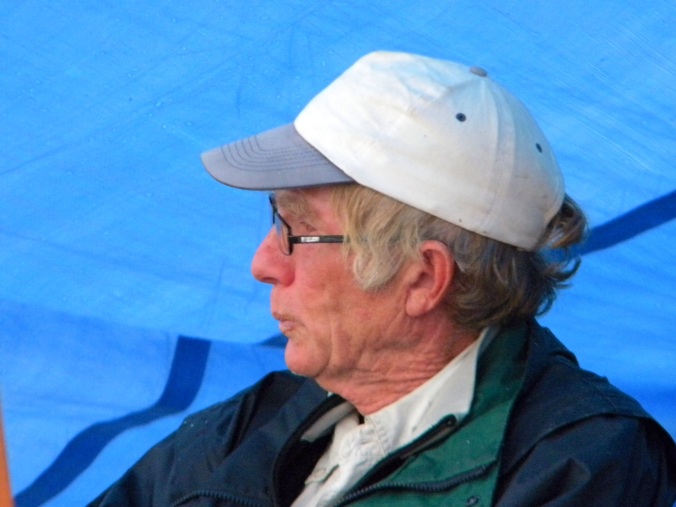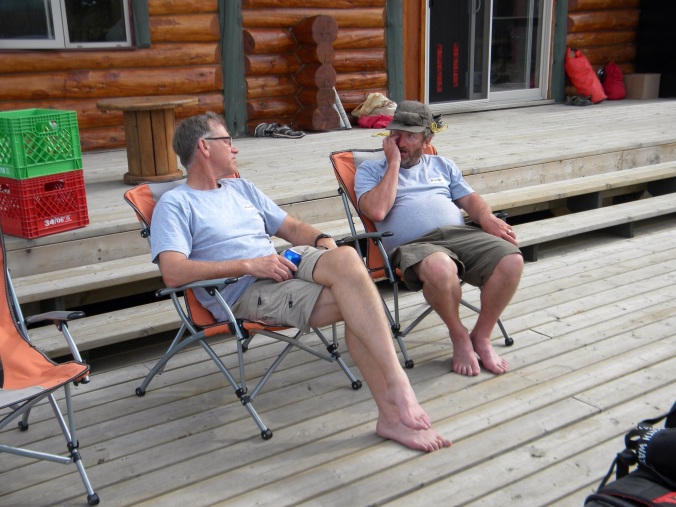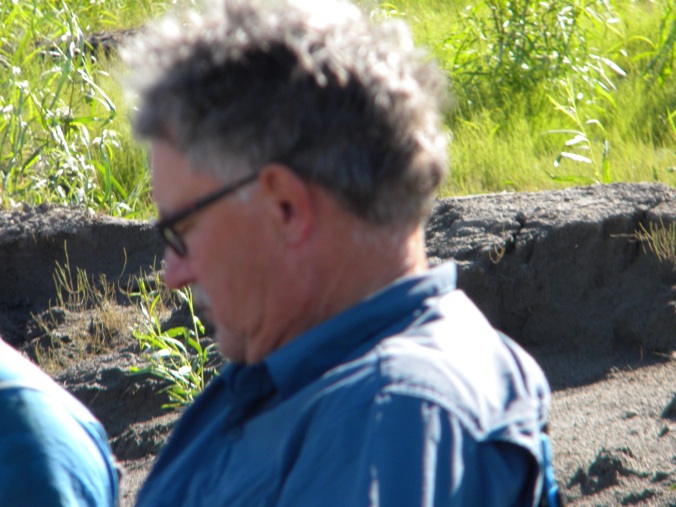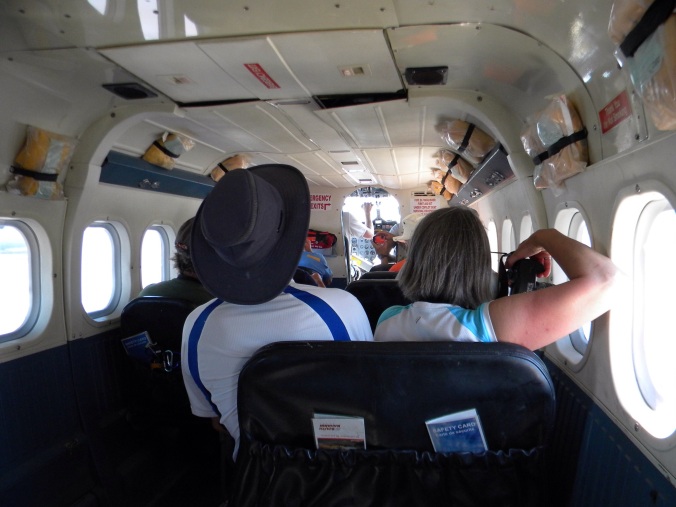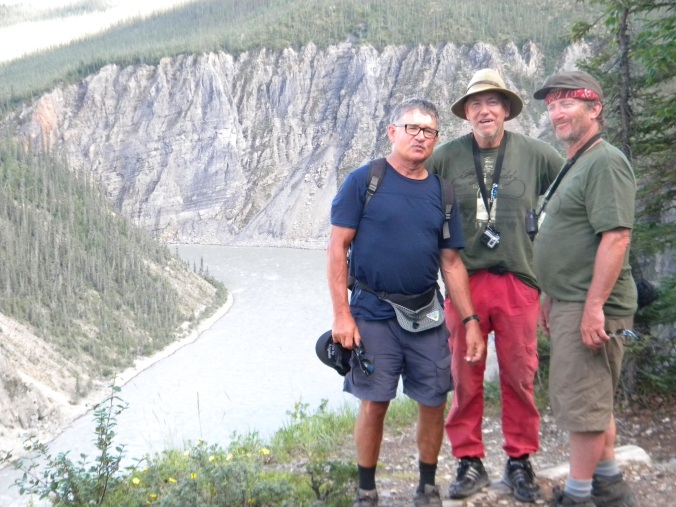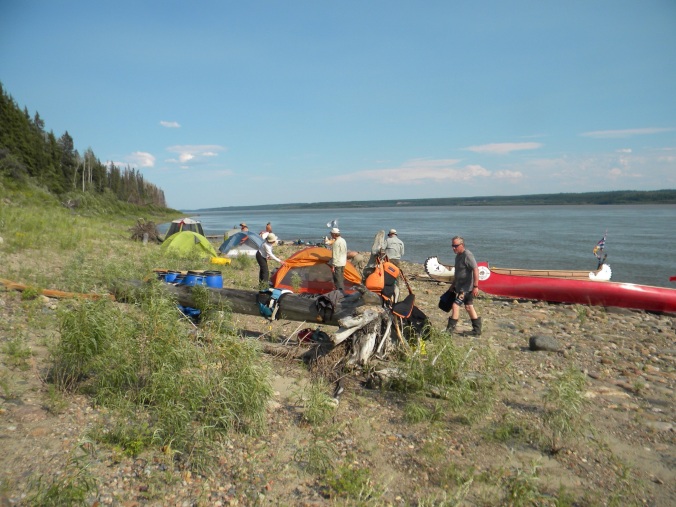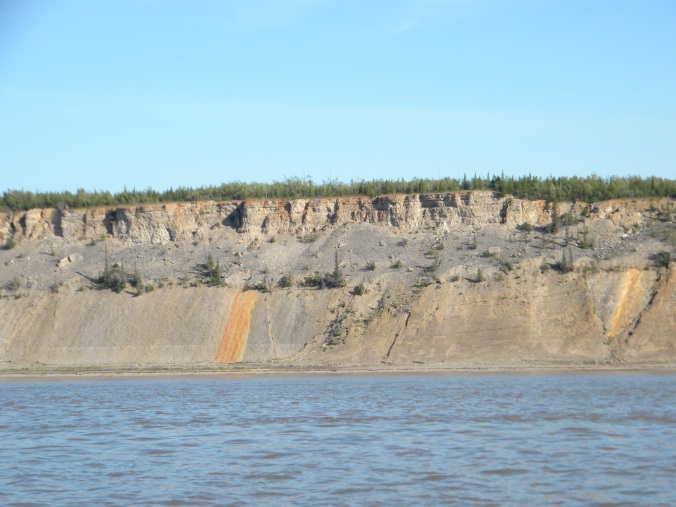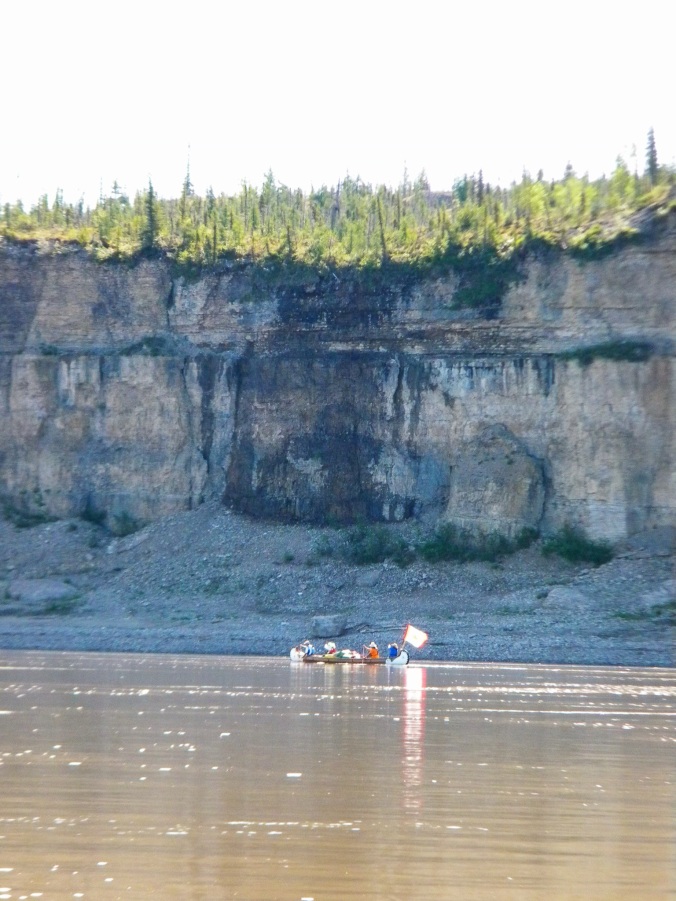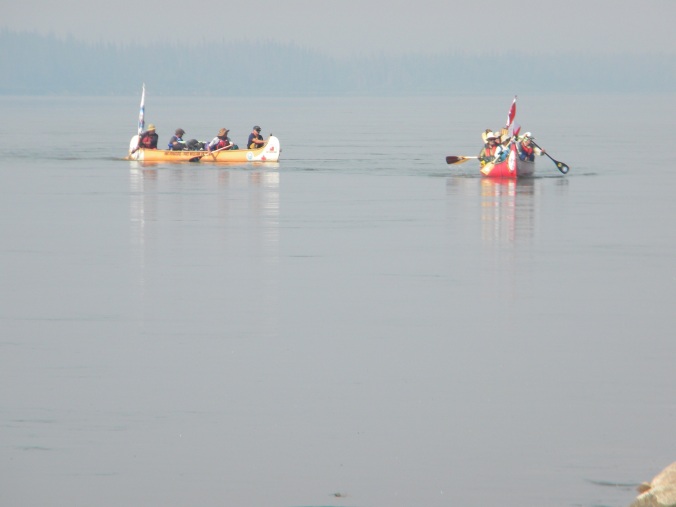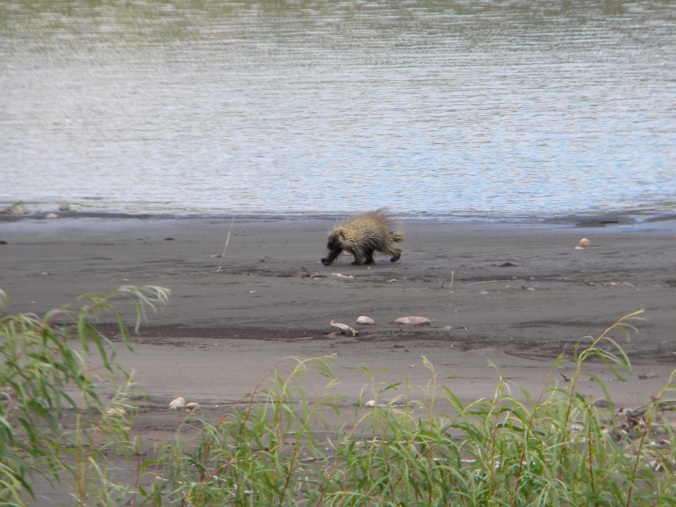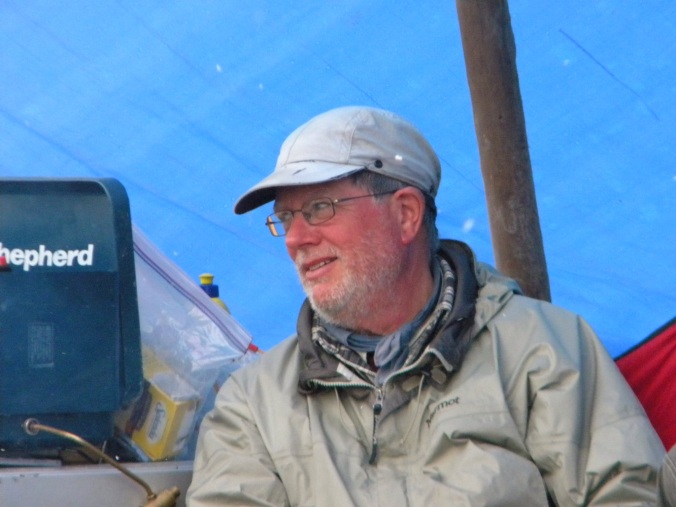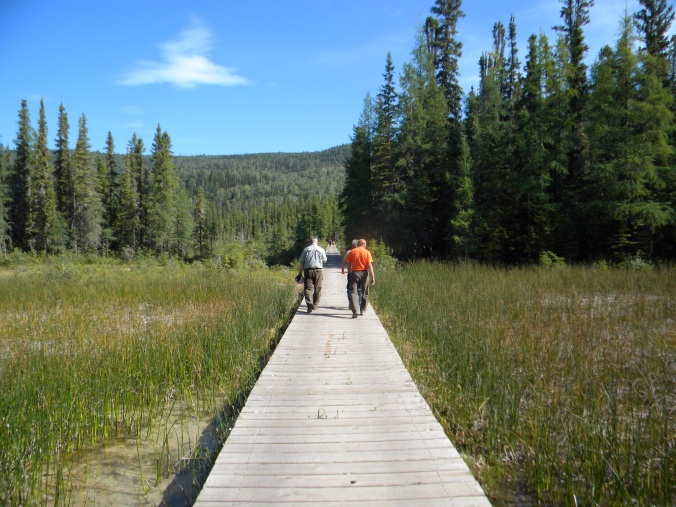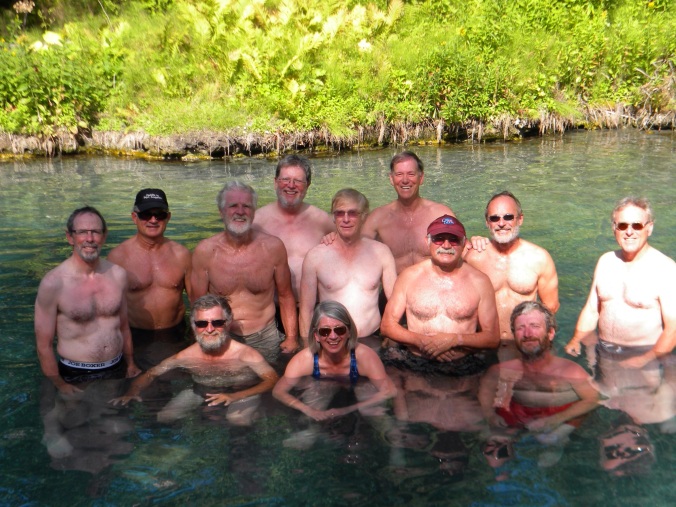Klondike Ferry To Chisholm – July 11, 2023
— Read on athabascariver.wordpress.com/2023/07/18/klondike-ferry-to-chisholm-july-11-2023/
New Publication!
http://www.blurb.com/b/7480308-arctic-journey
The new publication of Arctic Journey is now out and available through the online publishing format called Blurb. Please follow the link above and it will take you the site where you can get a preview of the book. Alternately, Google the following: Blurb – Arctic Journey – Wayne Wilson
This should take you to the Blurb site where you will be able to see the new work.
This has taken more than two years to complete and while not any longer or much more complex, the process just seemed to take a longer path. I hope you will enjoy the text and photos.
Thank you for your patience!
Cheers,
Journal Pages
For the entire length of our journey down the MacKenzie River, I kept a journal. At the end of each day I would take some time and write about the events of the day, trying to capture something of the flavour of our/my experiences, the look of the land, and the feel of the place. I was also able to do a bit of sketching along the way, and I did a couple of little watercolour paintings too.
When I got back to Kelowna, I spent some more time with these journals I’d written along the way. I finished up some of the paintings, put the final touches on the title pages to the two books, and added some colour to each page. For fun, I thought I’d add photos of a few of the journal pages now that it is finished.
NOTE – The journals I used measured about 8″ X 10″ and were actually watercolour books – at this size it was big enough to do some of the sketching and painting I wanted and small enough not to be cumbersome. I wanted something with a bit more substantial paper and the coil binding made it easy to use. They were relatively cheap too. I highly recommend them. I used a 2B pencil, watercolour pencils, watercolour paints, and a Pigma MICRON (05) black permanent ink pen.

Title Page for the first of the two journals.
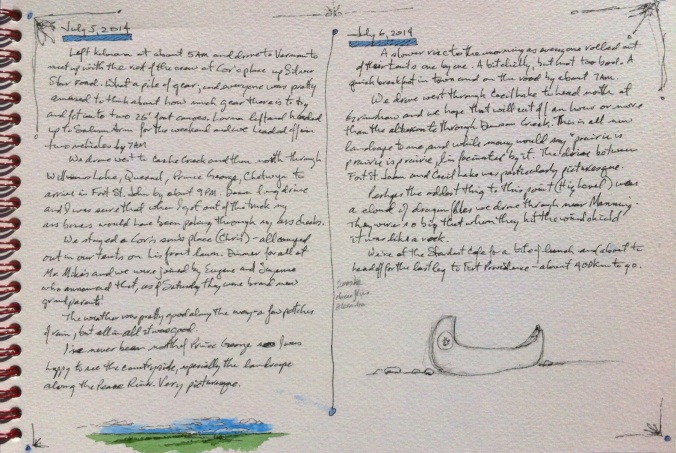
The little watercolour in the bottom left looks out over the Peace River prairie lands that we passed through on our way north.

Across the bottom of the page is a little watercolour panorama in which I try to capture something of the dimensions of the landscapes we were paddling through.

The pencil sketch in the bottom right is a scene from one of the big rain days we had – no wind, but there was a little air moving and it created the most intriguing patterns on the surface of the water.

The pencil sketch on this pages shows one of the bridges on the Ice Road that winds its way along the MacKenzie River.

As a geographer, I couldn’t resist drawing and painting a map of one of our campsites.

This little watercolour shows a typical MacKenzie River shoreline – river, sluffing river bank, river willow, black spruce. This type of shoreline ran for hundreds of kilometres.

This is the cover of the second volume of the journal I kept. I painted it when I got back to Kelowna and used the iconic MacKenzie River shoreline for my inspiration.
The 12 of Us
Photo Gallery
In Fine Form
Epilogue
There is always a risk in an exercise that tries to distil an experience into a few poignant observations and insights. That said, there is often some value in being able to see and articulate the patterns of our experiences in ways that can give others a sense of both actual events and the deeper meanings derived from the events.
First, I have always placed a pretty high value on ‘staying power’, and this expedition confirmed the worth of that value. Long, hard, hot days for the first third of the journey were replaced by long, hard, cold and wet days for the last third. After four to five hours of paddling roughly 40 strokes per minute, the real work began in order to hold that pace for another three to four hours. Endurance. Focus on a goal. Maintaining technique throughout for most comfort and best results. For more than three weeks we worked very hard for long hours with good focus while maintaining pretty good humour. Staying power.
A kind of corollary to the endurance is ‘production’. I’ve always wanted to be able to provide a good answer to the question, ‘Yes Wayne, but what have you really done?’ Well, I/we did this!
Second, after only a couple of days and then for the rest of the journey, the staggering dimensions of the land were a consuming presence for me. For some of the straighter reaches of the river, the horizon line simply disappeared into a haze born of sheer distance rather than forest fire smoke! The width and, in places, the speed of the river were the best cues to just how large and powerful this river is that drains fully one fifth of the Canada. Ultimately, at every break and camp site the spreading breadth of the landscape and the sweep of the terrain opened around us and the full arc of the skyline held us in awe. The place made us all feel humbled in its powerful and sometimes sentient presence.
Third, to be one of so very very few people to have seen and felt this magnificent part of our fragile planet while sitting three feet off the water instills a kind of self confidence in me at a very personal level. This was one of the very best, ‘how I spent my summer holiday’ experiences anyone could have. One expects, I believe, that such experiences will bring personal growth. As the tag-line for this blog suggests – an inward journey, an outward exploration – it was all of that and more for me and many of the others on this expedition.
Finally, all of this came together with good planning and was executed so well because we had a great crew on this expedition. Consensus was built, experience levels were respected, egos were set aside, teamwork prevailed, and humour peppered each day’s experiences. That and staying power is what got us to the end of this journey safely and got us there in fine form – cold and wet and tired, but in fine form.
NOTE: I will be putting this together in a book, much as I did with the Columbia River journey three years ago. Stay tuned!
And thank all so much for following along on this epic journey. We loved having you along and encouraging us forward!
The Good, The Bad, The WOW
On our last evening in Inuvik we spent a couple of hours in our room with the entire crew and recounted some of the highlights of the journey.
Bob Groves
Good – Getting to the end of this long journey with no injuries for anyone
Bad – On the last day thinking, ‘Will this river never end?’
WOW – The morning that a full rainbow spread across the sky to start our day
Chuck Pike
Good – That the entire made it through the journey without significant problems
Bad – Dealing with the heat and dehydration on the first third of the trip
WOW – The dramatic finish as we paddled into Inuvik
Cor Zanbergen
Good – To face and meet this personal challenge was very rewarding
Bad – I wasn’t as prepared as I might have been for the work that this trip would ultimately take
WOW – The full power of the two nights of storms we faced
John Ravensbergen
Good – Paddling through the rapids at The Ramparts when they came on us so fast
Bad – The last day was gruelling.
WOW – The grandeur of the whole territory
Suzanne Davidson
Good – Keeping the canoe straight on the night paddle when I was in the back steering.
Bad – When we came close to freezing on the last day’s paddle.
WOW – How our tent and the Red Rogue canoe survived that big night wind.
Eugene Peters
Good – Paddling this much for this long was a real accomplishment for me.
Bad – Not being properly prepared for that first big rain storm that hit at night.
WOW – The huge distances in the main channel were awesome.
Richard Wagers
Good – The camaraderie and getting to know everyone better
Bad – The waves we hit coming out of Norman Wells were wild and dangerous
WOW – Being able to find the current using Merl’s floating ‘stick method’.
Merle Pederson
Good – Paddling a new big river and how much I saw everyone learn along the way
Bad – Worrying about the whole group and how everyone would do when they finally realized how big a challenge this really was.
WOW – The river itself was the most impressive thing for me.
Doug Yalte
Good – Looking at the river at Fort Providence and thinking, ‘This is really going to happen.’
Bad – Slogging the canoes over the sandbar.
WOW – Starting the trip.
Don Munroe
Good – Seeing Virginia Fall – that rare glimpse of wilderness
Bad – Have a river running through my tent on that wild night’s storm.
WOW – Seeing Doug prancing around in his underwear at night trying to rescue a tent in that big storm.
Rick Zroback
Good – The group bonding so well in the wilderness settingBad – Trying to set up tents in the lightening storm.
WOW – Doug running around in his underwear trying to make sure the tent didn’t blow away or wash away
Wayne Wilson
Good – Getting to the end of the journey in good health and good humour
Bad – The two days that my fingers and hands got so cold I could barely move them.
WOW – Seeing the Ramparts unfold before us as we drifted down the river was spectacular
Home Again Home Again
Tuesday, August 5, 2014
The crew from the Hinton area were up and gone by the time the rest of us got up for the day – they will have a long drive today as well. The rest of us drove off to the A&W for a quick breakfast, but we ended up staying longer in Fort St. John that we had hoped. When we got up we found that the rear driver’s side tire on Cor’s truck was going flat, and we also wanted to get the balancing re-done on the flat tire we had fixed in Dawson City. The Kal Tire shop was very busy, so it took longer for us to get out of town.
The rest of the day, once we got on the road, was long! We arrived at Cor’s place in Vernon about 11pm. Bob’s wife, Colette, and her brother were there to pick us up and we drove on to Kelowna. Lorna met me at Bob and Colette’s and we got home about midnight – almost a full month after we’d left on our northern expedition.
NOTE – we met at Cor’s the following afternoon for a few hours to clean up the canoe and trailer and all the very muddy gear. I’m glad to have the last side of this work done too.
The gear we so muddy from driving over the Dempster Highway.
Bob untying the tarp we’d placed over the canoe to protect it from the rocks on the Dempster Highway.
This is what the license plate on the boat trailer looked like after the trip up and down the Dempster Highway.
Liard Hot Springs – a needed retreat
Monday, August 4, 2014
Despite the Bates Motel imagery, I slept well last night. We rolled out of Watson Lake, past their famous ‘Signpost Forest’, without breakfast and drove about 2 hours to a little cafe at a place called Coal River. This was about a half hour’s drive from our first destination – the Liard Hot Springs.
There are literally hundred and hundred of these signposts along the Alaska Highway at Watson lake.
We pulled into the provincial park camp ground to see it was quite full. We parked quickly and walked 10 minutes along the raised boardwalk to the hot springs themselves. On the way there we looked over the edge of the boardwalk to see tiny warm water fish swimming in a little pool – well adapted to living in such conditions.
Tiny fish in a pool beside the boardwalk.
The hot springs are relatively undeveloped with a set of change rooms, a deck area with a few sets of stairs down into the water, and a two-tiered arrangement of pools. There were only about 30 people there – families mostly. The twelve of us lolled gloriously in the shallow pools with the faint sulphur smell wafting through the sunny air. It was so relaxing and healing to just sit there for the half hour break we took before our boardwalk back to the trucks.
The boardwalk across a swampy area on our way to the hot springs.
The expedition crew in the pool to relax.
The first thing we saw as we left Liard Hot Springs was a herd of wild Bison lolling at the side of the Alaska Highway. We stopped for photos and to say hello before driving on. About 10km down the road we saw a huge wolf sitting in the low brush on the left side of the highway. It just sat there very calmly looking around as we drove past – perhaps thinking about what tasty treat it might find in that Bison herd down the road! A few kilometres later we saw a Black Bear at the side of the road too. The day’s drive also showed us a cow Elk and a large doe at the side of the highway.
There were so many buffalo wallows along the side of the road that it was pretty clear this is a resident herd.
Finally, after many road work delays, our break at the hot springs and a generally slow drive we arrived at Cor’s son’s home in Fort St. John – a 14 hour day.
Bears
Sunday, August 3, 2014
This morning was a 6:30am breakfast in the Eldorado Hotel and on the road by 8am. On the way out of town we drove past mile after mile of ribbed hills of cobbles that the dredges had thrown out over the years – at one point there were more than two dozen of them working the area.
These hillocks of cobbles stretched for miles outside of Dawson City.
The scenery began to change as we drove toward Watson Lake with the hillsides covered with more trees and there was even the occasional stand of lodgepole pine. Just before we got to Teslin, a Grizzly Bear ran across the road in front of us and up the side bank of the highway and into the forest. Once across the highway, the sunlight caught the sheen of its fur and it shone a kind of silver bronze. Just after Teslin we saw a Black Bear ambling through the open forest cover off the side of the roadway.
As we travel we begin to see thicker forest cover.
About an hour and a half out of Watson Lake, we got a radio call that the Hinton Crew had a tire blow out on their boat trailer. We took a spare back to them and waited until it was installed – the tire had literally disintegrated.
The disintegrated tire from the Hinton Crew’s boat trailer.
In Watson Lake we checked into the Big Horn Hotel, and I have to tell you it was like checking into the Bates Motel. While registering in the tiny lobby, the TV was on with the volume up just a little too high and playing a macabre show about murders and their related forensic science. Once checked in, we walked down a long low-ceilinged dark hallway to our room with its deep purple feature wall and the rest of the walls painted a kind of bright bathroom blue – the bathroom fixtures were turquoise too! The bed linen was clean, I think, and in colour it matched the feature wall – except for the holes in the pillow case.
Our feature wall in the hotel room.
Settled in, we went to a restaurant in the hotel next door for a good dinner and then.off to bed.








